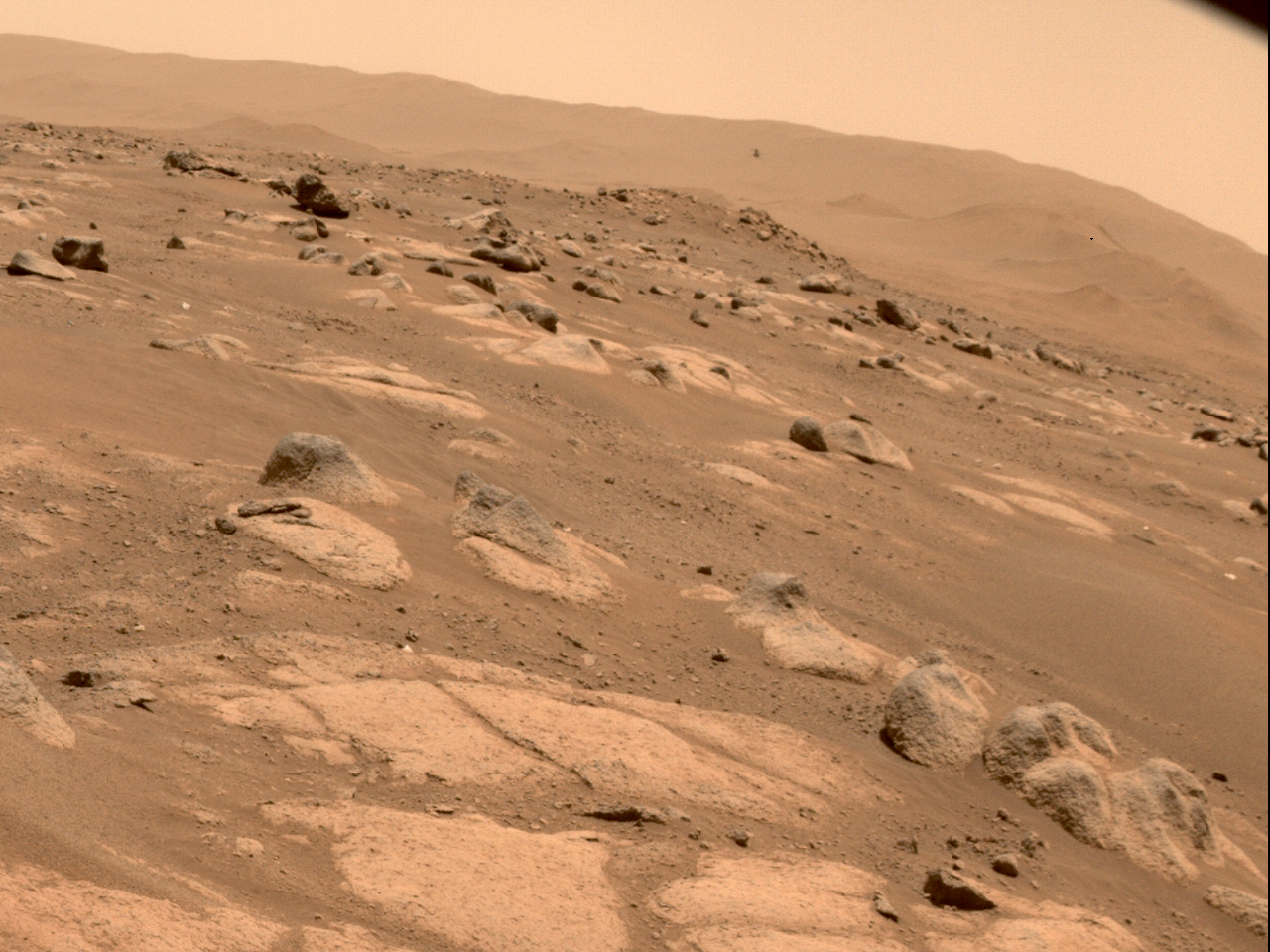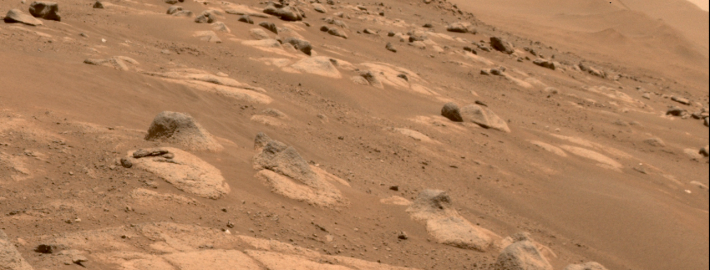Will it be safe for humans to fly to Mars?

Yuri Shprits, a UCLA research geophysicist, said limiting the duration of a round trip to the red planet would help reduce the amount of dangerous radiation to which astronauts are exposed. Photo Credit: NASA
Sending human travelers to Mars would require scientists and engineers to overcome a range of technological and safety obstacles. One of them is the grave risk posed by particle radiation from the sun, distant stars and galaxies.
Answering two key questions would go a long way toward overcoming that hurdle: Would particle radiation pose too grave a threat to human life throughout a round trip to the red planet? And, could the very timing of a mission to Mars help shield astronauts and the spacecraft from the radiation?
In a new article published in the peer-reviewed journal Space Weather, an international team of space scientists, including researchers from UCLA, answers those two questions with a “no” and a “yes.”
That is, humans should be able to safely travel to and from Mars, provided that the spacecraft has sufficient shielding and the round trip is shorter than approximately four years. And the timing of a human mission to Mars would indeed make a difference: The scientists determined that the best time for a flight to leave Earth would be when solar activity is at its peak, known as the solar maximum.
The scientists’ calculations demonstrate that it would be possible to shield a Mars-bound spacecraft from energetic particles from the sun because, during solar maximum, the most dangerous and energetic particles from distant galaxies are deflected by the enhanced solar activity.
A trip of that length would be conceivable. The average flight to Mars takes about nine months, so depending on the timing of launch and available fuel, it is plausible that a human mission could reach the planet and return to Earth in less than two years, according to Yuri Shprits, a UCLA research geophysicist and co-author of the paper.
“This study shows that while space radiation imposes strict limitations on how heavy the spacecraft can be and the time of launch, and it presents technological difficulties for human missions to Mars, such a mission is viable,” said Shprits, who also is head of space physics and space weather at GFZ Research Centre for Geosciences in Potsdam, Germany.
The researchers recommend a mission not longer than four years because a longer journey would expose astronauts to a dangerously high amount of radiation during the round trip — even assuming they went when it was relatively safer than at other times. They also report that the main danger to such a flight would be particles from outside of our solar system.
Shprits and colleagues from UCLA, MIT, Moscow’s Skolkovo Institute of Science and Technology and GFZ Potsdam combined geophysical models of particle radiation for a solar cycle with models for how radiation would affect both human passengers — including its varying effects on different bodily organs — and a spacecraft. The modeling determined that having a spacecraft’s shell built out of a relatively thick material could help protect astronauts from radiation, but that if the shielding is too thick, it could actually increase the amount of secondary radiation to which they are exposed.
The two main types of hazardous radiation in space are solar energetic particles and galactic cosmic rays; the intensity of each depends on solar activity. Galactic cosmic ray activity is lowest within the six to 12 months after the peak of solar activity, while solar energetic particles’ intensity is greatest during solar maximum, Shprits said.
This article originally appeared in the UCLA Newsroom.




